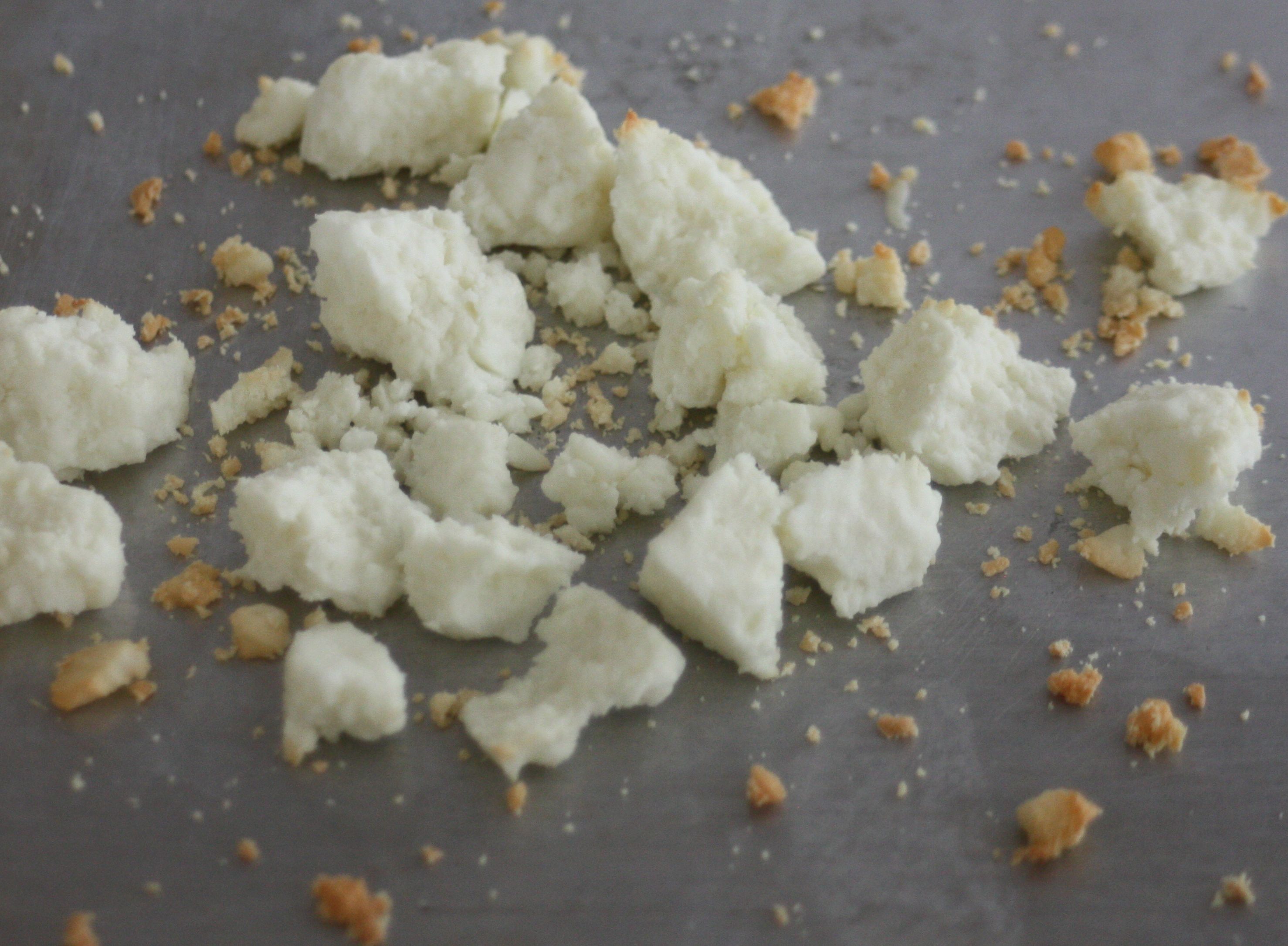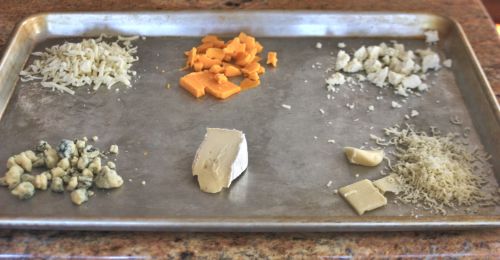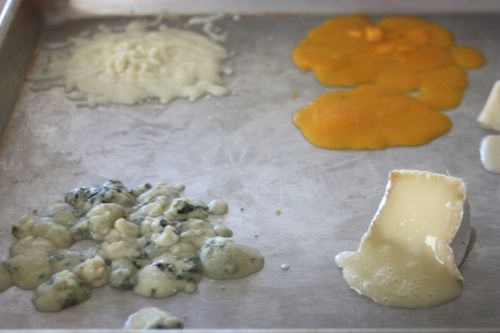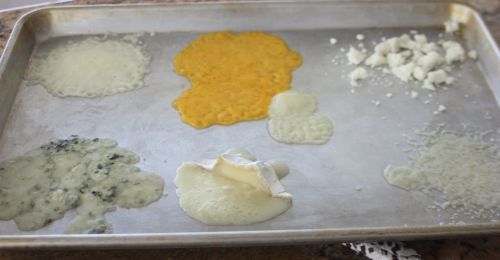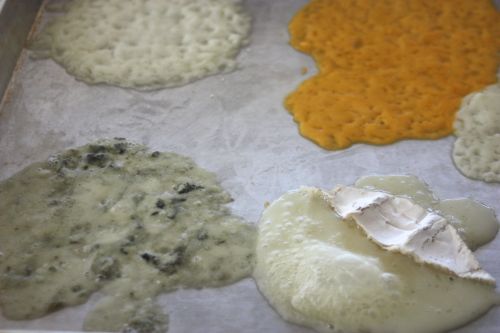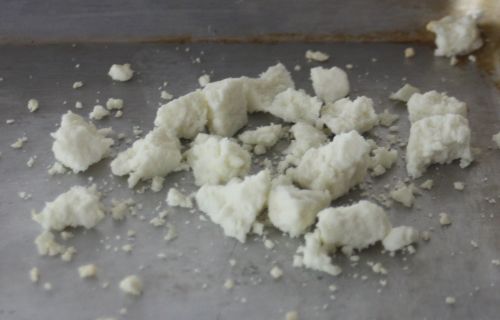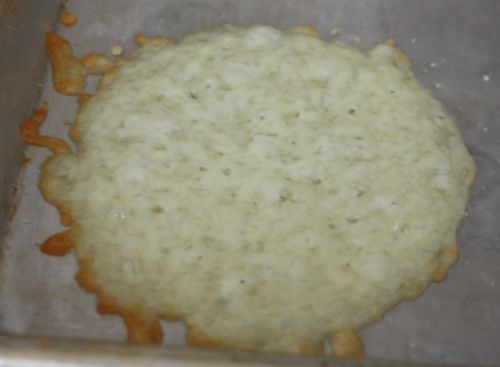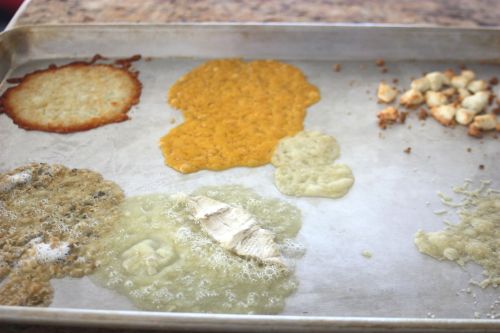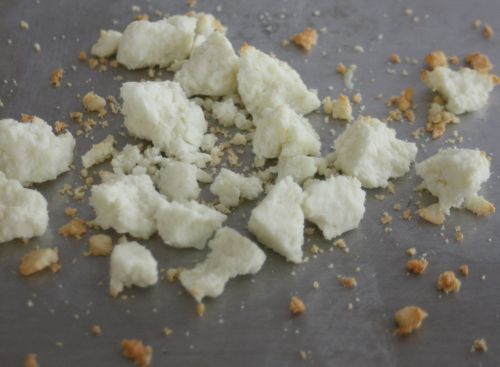Cheese is eaten in my house everyday, and it is a common ingredient in my recipes. Meals such as pizza and burgers are best with perfectly melted cheese, but past the more common cheeses of mozzarella and cheddar, my knowledge of how other cheese hold up to heat is a bit limited.
Hence, I decided to do another kitchen experiment. One I would like to refer to as “meltology”. I wanted to answer:
- How long does it take to melt the cheese?
- How long does it take to over cook it?
- How does the consistency and color change with heat?
For this first experiment, I chose six cheeses. Starting with the upper left corner and going clockwise, they are:
- Mozzarella
- Cheddar
- Cotija
- Romano
- Brie
- Gorganzola
I preheated the oven to 375°F and then viewed the cheeses as 2, 4, 6, 8, 14, and 18 minutes into baking.
Two Minutes
Four Minutes
Six Minutes
Eight Minutes
Fourteen Minutes
At 8 minutes the mozzarella was the first to brown, but it was the most forgiving in terms of consistency of texture and rate of browning over the course of heating.
This mini-experiment showed me that gorganzola has an optimal window of heating – by 14 minutes it began to turn an off putting brown.
The cheddar stayed supple, as did the brie, whereas the Romano turned crisp.
The most interesting part to me was the cotija. While I knew going into this that it was considered a non-melting cheese, I hadn’t considered that it would actually brown. The toasted cheese tasted good and had a chewy consistency.
Cheese melting is largely impacted by the curding process and moisture content.According to Harold McGee in On Food and Cooking, acid curded cheese do not melt, and low moisture means it takes longer to melt and the cheese will not “flow”.
While my cheese melting test wasn’t very extensive it did give me a better appreciation of the differences between cheese varieties. Happy Melting!
(710)
